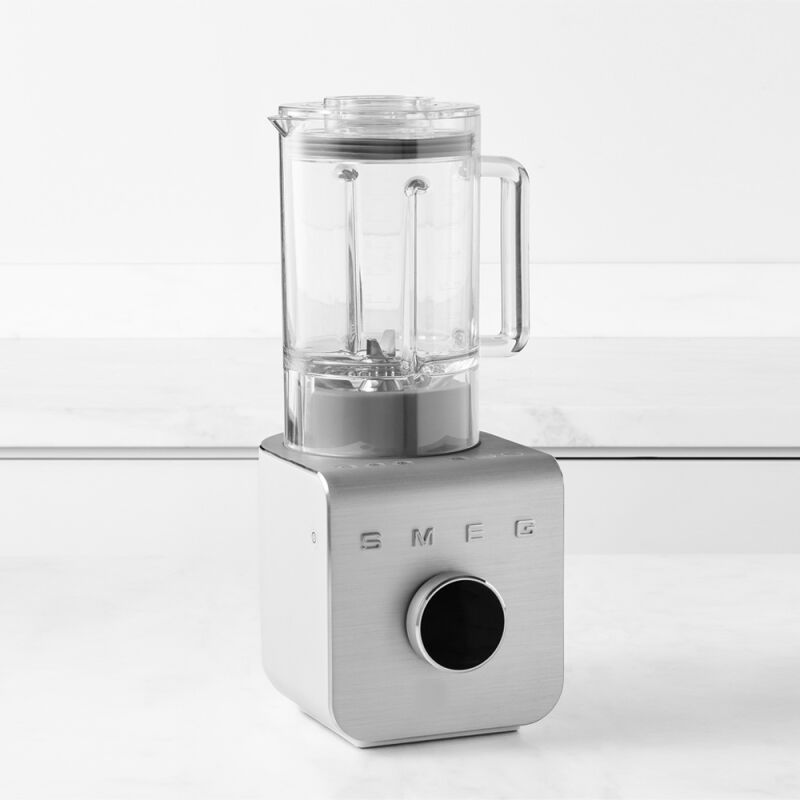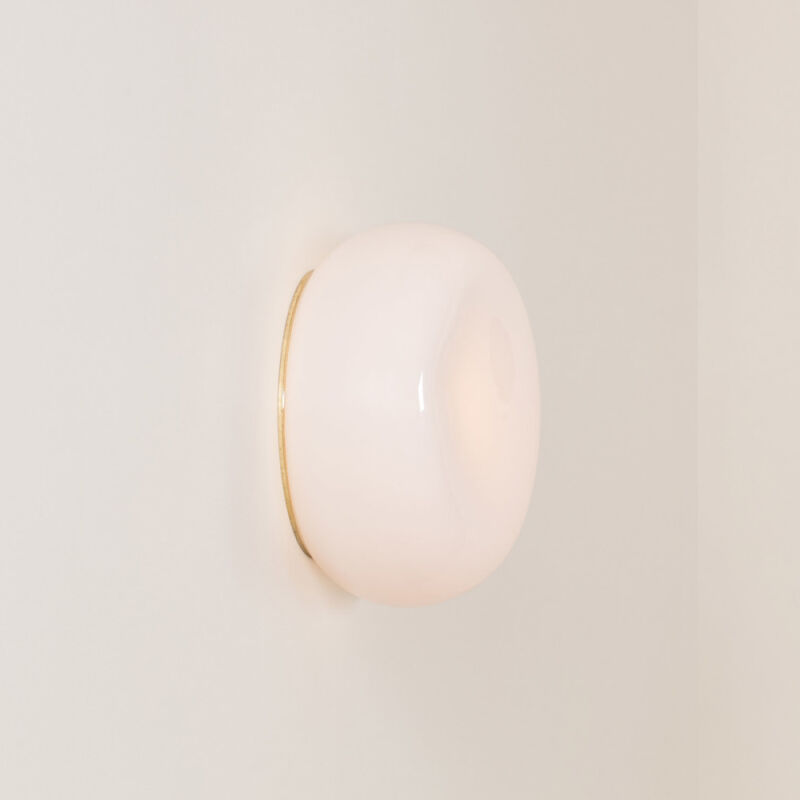I recently bought a new area rug and since I have a young child, didn’t want to invest too much. We bought it from a big box store and when unpacking and unrolling the rug in our living room, it smelled distinctly toxic. The formaldehyde was palpable. It instantly felt like a mistake and not worth exposing my family to toxins on a regular basis. We returned the rug and its replacement, a natural wool rug, is world’s better—and world’s healthier.
Even if your rug is made from natural fibers, however, we encourage further research into its makeup as rugs may have been treated with pesticides, fungicides, and/or moth repellants to avoid mold and insect infestations in storage. Additionally, synthetic rubber backings may contain carcinogens such as phthalates.
Synthetic rugs on the other hand are inherently problematic with glues and adhesives containing formaldehyde, PAFs which are chemicals found in stain- and water-repellant rugs, toxic dyes, and flame-retardant chemicals.
[Editor’s note: While we’ve done our best to research the issue using credible sources, we are not scientists, doctors, or environmental toxicity experts. Details on certifications and materials change often and may have changed since this article’s publication date. We welcome any additional constructive insight in our comments section below.]












Explore many more non-toxic household goods in our book Remodelista: The Low-Impact Home, and see our posts:
- 10 Easy Pieces: Natural, Non-Toxic Mattresses
- 10 Easy Pieces: Natural, Non-Toxic Sofas
- 10 Easy Pieces: Clean Cookware
- 10 Easy Pieces: Latex-Free Paints




Have a Question or Comment About This Post?
Join the conversation (0)